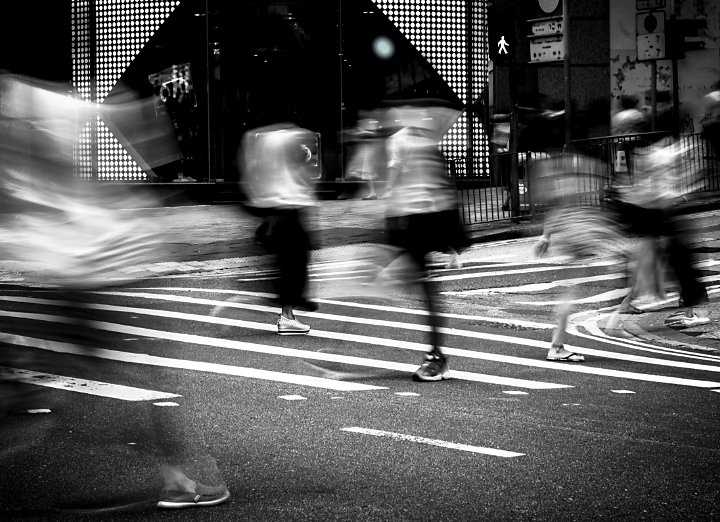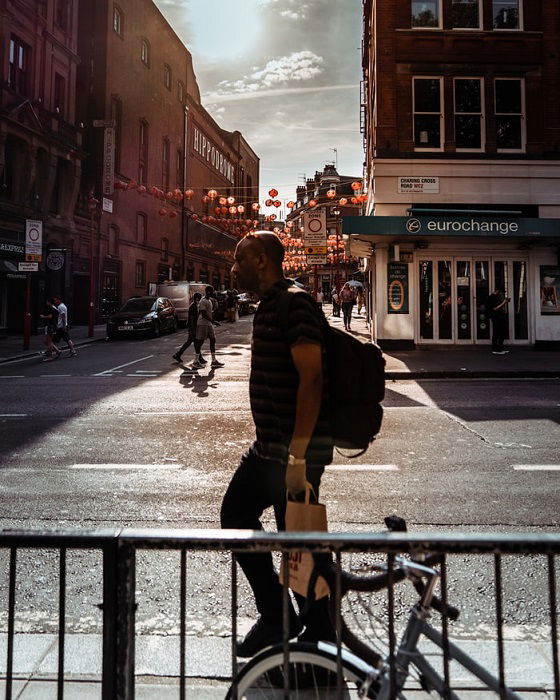About Framing Streets
Framing Streets Things To Know Before You Buy
Table of ContentsOur Framing Streets DiariesGetting My Framing Streets To WorkThe smart Trick of Framing Streets That Nobody is Talking AboutExamine This Report about Framing StreetsFraming Streets Fundamentals ExplainedThe Framing Streets Statements
Digital photography category "Crufts Canine Program 1968" by Tony Ray-Jones Road digital photography (likewise occasionally called honest digital photography) is digital photography performed for art or query that includes unmediated possibility encounters and arbitrary cases within public locations, normally with the objective of capturing images at a crucial or touching moment by careful framework and timing. 
Getting The Framing Streets To Work
Susan Sontag, 1977 Road photography can concentrate on people and their behavior in public. In this regard, the road photographer resembles social documentary professional photographers or photographers that additionally operate in public areas, however with the goal of capturing newsworthy events. Any of these photographers' pictures may catch people and property visible within or from public locations, which usually involves browsing moral problems and legislations of personal privacy, security, and residential property.
Representations of daily public life develop a category in nearly every period of world art, starting in the pre-historic, Sumerian, Egyptian and very early Buddhist art periods. Art dealing with the life of the road, whether within sights of cityscapes, or as the leading theme, appears in the West in the canon of the Northern Renaissance, Baroque, Rococo, of Romanticism, Realistic look, Impressionism and Post-Impressionism.
The smart Trick of Framing Streets That Nobody is Talking About
Louis Daguerre: "Blvd du Temple" (1838 or 1839) In 1838 or 1839 the first photo of figures in the road was videotaped by Louis-Jacques-Mand Daguerre in one of a pair of daguerreotype views drawn from his workshop window of the Blvd du Holy place in Paris. The 2nd, made at the height of the day, reveals an uninhabited stretch of street, while the other was taken at regarding 8:00 am, and as Beaumont Newhall reports, "The Boulevard, so continuously loaded with a moving crowd of pedestrians and carriages was perfectly singular, except a person who was having his boots cleaned.
, that was motivated to undertake a comparable paperwork of New York City. As the city established, Atget assisted to advertise Parisian roads as a deserving topic for digital photography.

The smart Trick of Framing Streets That Nobody is Discussing
The chief Mass-Observationists were anthropologist Tom Harrisson in Bolton and poet Charles Madge in London, and their initial report was created as the book "May the Twelfth: Mass-Observation Day-Surveys 1937 by over two hundred onlookers" [] Home window cleaner at Kottbusser Tor, Berlin, by Elsa Thiemann c. 1946 The post-war French Humanist College digital photographers found their subjects on the street or in the restaurant. Andre Kertesz.'s extensively admired Images la Sauvette (1952) (the English-language edition was entitled The Crucial Moment) promoted the idea of taking a picture at what he termed the "crucial moment"; "when type and content, vision and make-up combined into a transcendent whole" - Street photography.
Facts About Framing Streets Revealed
The recording equipment was 'a concealed video camera', a 35 mm Contax hidden underneath his coat, that was 'strapped to the upper body and linked to a long cord strung down the best sleeve'. you could check here Nonetheless, his job had little modern effect as due to Evans' level of sensitivities regarding the originality of his job and the personal privacy of his subjects, it was not released until 1966, in guide Several Are Called, with an introduction composed by James Agee in 1940.
Helen Levitt, after that an instructor of kids, connected with Evans in 193839. She recorded the transitory chalk illustrations - Sony Camera that belonged to children's road culture in New York at the time, in addition to the youngsters who made them. In July 1939, Mo, MA's brand-new photography section included Levitt's job in its inaugural exhibitionRobert Frank's 1958 book,, was substantial; raw and usually out of focus, Frank's images examined mainstream digital photography of the moment, "tested all the formal policies laid down by Henri Cartier-Bresson and Walker Evans" and "flew in the face of the wholesome pictorialism and genuine photojournalism of American publications like LIFE and Time".